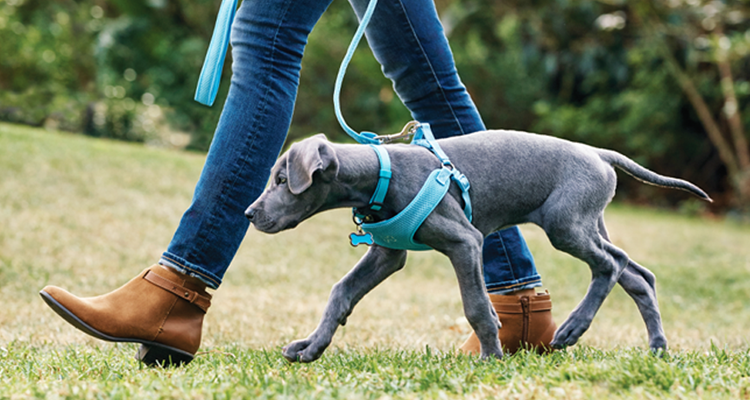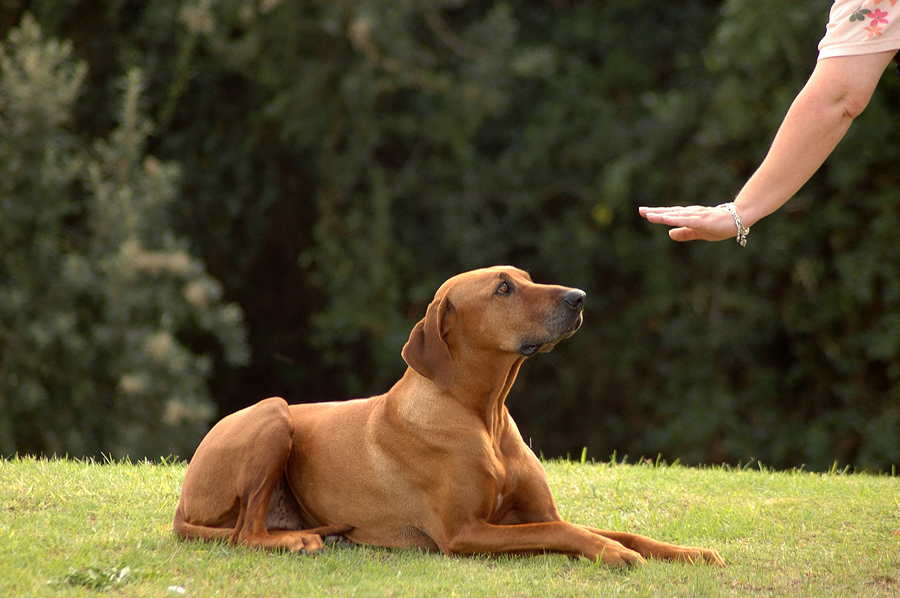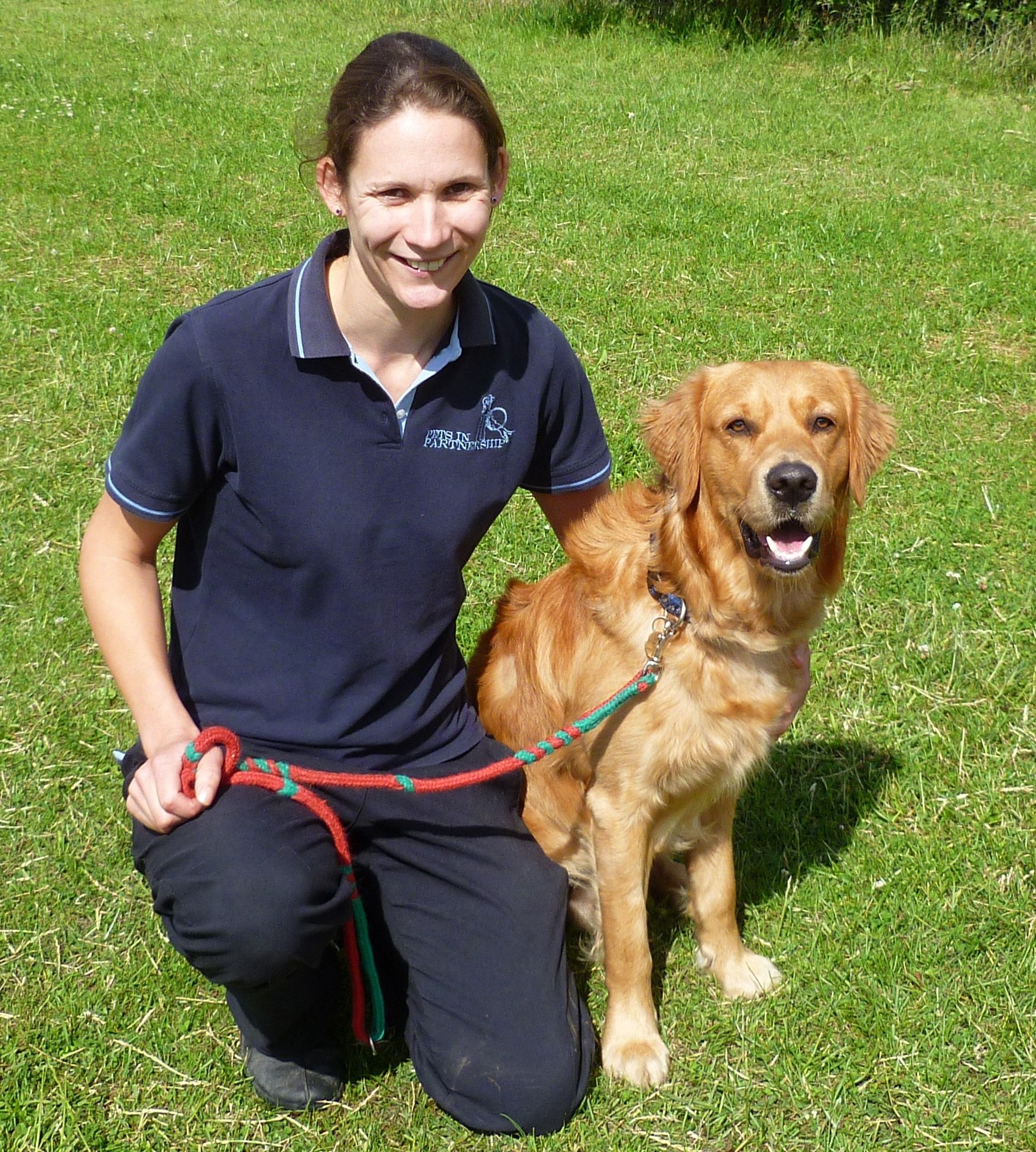Puppy Training That Teaches Key Skills for Lifelong Good Behavior
Puppy Training That Teaches Key Skills for Lifelong Good Behavior
Blog Article
Novice's Guide to Effective Canine Training in your home
Effectively educating a dog in the house requires a nuanced understanding of canine behavior and reliable communication methods. Developing clear training goals, using high-quality rewards, and maintaining consistency across member of the family are important components. Integrating training right into daily routines can enhance both involvement and retention. Numerous newbie instructors run into difficulties that might impede progress. To navigate these intricacies efficiently, it's important to explore a number of essential elements that can transform your technique and result in an unified connection with your family pet. What basic concepts should every beginner grip to ensure success?
Understanding Pet Habits
Comprehending canine actions is crucial for reliable training and promoting a harmonious connection between human beings and their canine buddies - Puppy Training. Dogs interact mainly via body language, vocalizations, and facial expressions, making it essential for proprietors to translate these signals properly. Identifying habits such as tail wagging, growling, or cowering can provide understandings into a dog's mood and purposes
In addition, comprehending the all-natural impulses of dogs, such as their pack way of thinking, assists owners establish management roles within the home. This is essential for producing an organized environment where dogs really feel secure and are more responsive to training. Pets are also affected by their socializing experiences; early exposure to numerous atmospheres, individuals, and various other animals can significantly form their actions later on in life.
Usual behavioral concerns, such as aggression, anxiety, or extreme barking, frequently come from misconceptions or unmet demands. Observing and dealing with these issues immediately can stop escalation and guarantee a positive training experience. By promoting a deep understanding of pet actions, proprietors can customize their training methods to suit their canine buddies, eventually resulting in a happy and mannerly pet.

Necessary Training Tools
A well-equipped training space can considerably boost the efficiency of canine training in the house. Crucial training devices make sure that both the fitness instructor and the dog can participate in productive sessions that cultivate discovering and bonding.

Purchasing a tough leash and a comfy, well-fitting collar or harness is crucial for safety and security and control. These tools aid establish borders and make certain the pet continues to be safe and secure during training. Furthermore, a designated training location, without disturbances, aids concentration for both the dog and the instructor.
Training aids such as training pads, cones, or agility tools can additionally boost the experience by presenting selection and obstacles. Having a note pad or electronic application for tracking development can be invaluable, permitting you to keep in mind successes and areas for improvement. Utilizing these necessary tools will certainly produce a positive training environment and lay the structure for efficient learning.
Creating an Educating Routine
Developing a regular training routine is important for reliable pet dog training in your home. A well-structured routine not just assists in reinforcing desired actions but additionally provides your pet with a sense of safety and security and predictability. To create a reliable training regular, start by determining specific training objectives, such as fundamental commands, leash walking, or housebreaking.
Pick a designated time each day for training sessions, preferably when your pet dog is receptive and sharp. Procedure ought to be short, roughly 5 to 15 mins, to maintain focus and stop exhaustion. Consistency click here for more info in timing and atmosphere will certainly enhance your pet's knowing experience.
Include training into day-to-day tasks to enhance skills. Method commands throughout walks or mealtime, which incorporates discovering into all-natural regimens. Additionally, continue to be flexible and adjust the routine as needed, suiting your dog's energy levels and mood.
Favorable Support Techniques

When executing favorable reinforcement, it is important to choose rewards that are encouraging for your canine. High-value treats, such as tiny pieces of poultry or cheese, can be specifically efficient throughout training sessions. Furthermore, varying the incentives can preserve your pet's passion and excitement.
Beginning with basic commands, like "rest" or "remain," and slowly development to extra intricate tasks. Uniformity is essential; try these out make certain that all member of the family use the very same commands and incentive systems to avoid complication.
Furthermore, it is crucial to continue to be individual and prevent aggravation. Canines, like humans, find out at their own pace. By promoting an encouraging training setting via positive reinforcement, you can enhance your dog's discovering experience while reinforcing the bond in between you and your hairy friend, preparing for effective training end results.
Common Educating Challenges
While educating a dog in the house can be a satisfying experience, it typically comes with a set of typical challenges that can evaluate both persistence and consistency. One widespread problem is interruption. Pet dogs may become easily sidetracked by noises, activities, or perhaps fragrances in their atmosphere, making it challenging to preserve their focus during training sessions.
One more difficulty is inconsistency in commands and support. It can perplex the pet dog and hinder development if household participants use different signs or incentives. Establishing a unified technique is essential for efficient communication.
Additionally, pet dogs can experience irritation or stress and anxiety, particularly if they do not comprehend what is anticipated of them. This can lead to unwanted habits, such as barking or chewing.
Finally, the timing of support is vital. Delayed rewards can decrease the this post performance of favorable support, as canines may fall short to connect the habits with the benefit.
Overcoming these obstacles calls for dedication, clear interaction, and a structured training strategy - Puppy Training. Acknowledging and addressing these typical challenges will certainly pave the means for an extra pleasurable and effective training experience in the house
Verdict
Finally, successful pet training in the house necessitates a detailed understanding of canine actions and efficient communication approaches. By developing clear training goals and utilizing high-quality deals with along with favorable reinforcement, the training procedure ends up being much more satisfying for both the instructor and the dog. Patience, consistency, and flexibility are important components that help with knowing. Eventually, integrating training into daily regimens enhances the bond in between pet and owner, making the experience both delightful and productive.
Establishing a regular training routine is vital for effective pet training at home.Positive support strategies are basic to reliable canine training, advertising preferred habits with incentives rather than penalty. By fostering a supportive training setting through favorable reinforcement, you can boost your pet's knowing experience while strengthening the bond between you and your hairy buddy, laying the foundation for effective training results.
In conclusion, effective dog training at home requires an extensive understanding of canine actions and reliable communication methods. By establishing clear training goals and using top quality treats alongside positive support, the training procedure ends up being more fulfilling for both the instructor and the canine.
Report this page